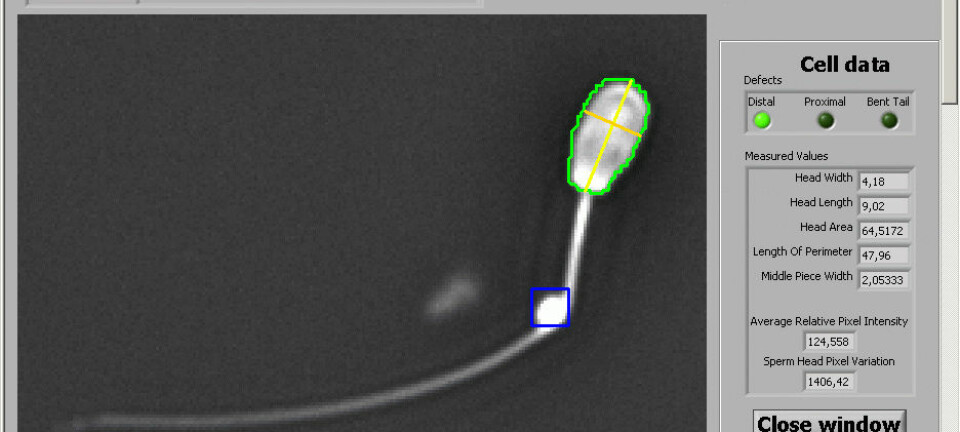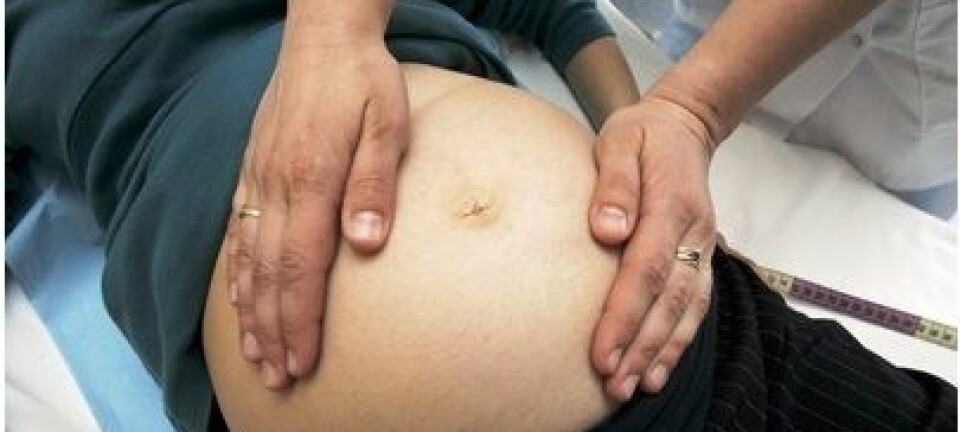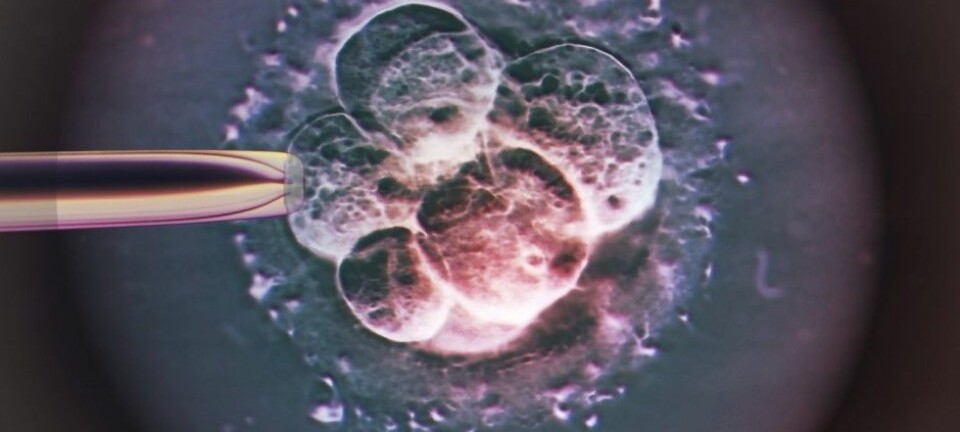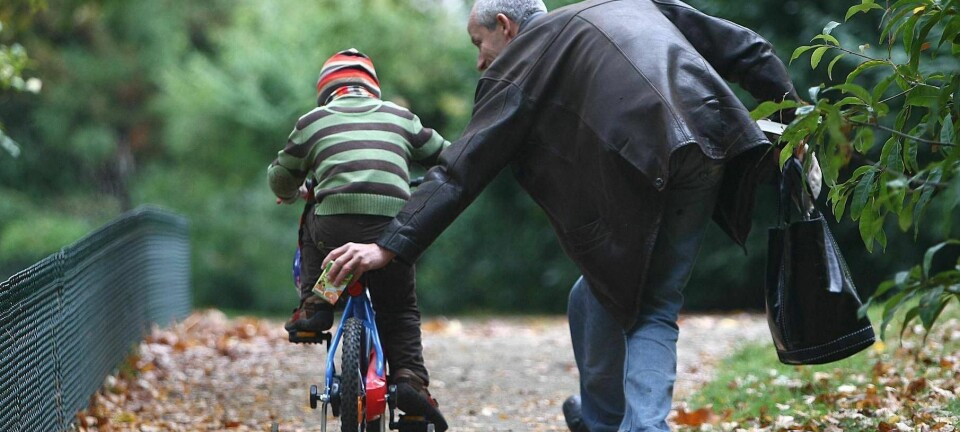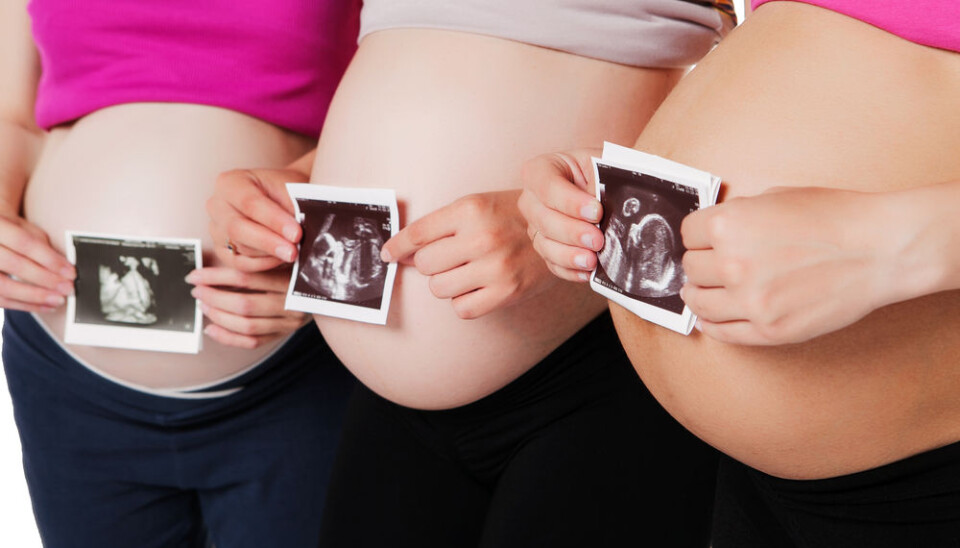
Myths surrounding single women seeking donor-sperm busted
Single women seeking to have a baby by donor sperm are dreaming of the same thing as other women who are trying to conceive: a family.
There are plenty of stereotypes out there regarding single women who are seeking donor sperm. Most of them are more judgement than fact, and, as is typically the case with such gender-based conceptions, it turns out that they are simply not true. So says a team of researchers who have just published their findings in a new study.
Common misconceptions are that single women who use donor sperm to conceive are somehow different to donor-seeking women in relationships. Perhaps they had a bad relationship history or it’s due to their sexual orientation. Maybe they are highly educated women simply going it alone out of preference, and would rather not have a partner involved at all.
The new study shows that these are largely misconceptions. Looking at 311 Danish women, the researchers found no differences in their sociodemographic characteristics or their attitude towards motherhood.
“Previous research in America and Britain showed the single women seeking treatment were indeed highly educated, but these women were paying for treatment. We felt that here in Denmark it was a different cultural situation and so we wanted to look into it,” says Maria Salomon, lead author of the paper published in in Acta Obstetricia et Gynecologica Scandinavica.
The only difference between women seeking treatment is their age
Out of all the women who completed questionnaires on the topic, 184 were single, and the remaining 127 were living with their partner. Participants were quizzed on their feelings towards motherhood, family structure, motivation for seeking donor-sperm, and categorised according to sociodemograhic characteristics (for example, age, education, social class, family background) as well as their previous relationship and reproductive history.
In neither group was the decision to seek donor-sperm motivated by previous relationship experience or pregnancies.
According to Salomon, the main difference between the two groups of women was their age, as single women were on average 3.5 years older than those in a relationship.
Crucially, it appears that using donor sperm was not the first choice of either group of women, and as many as 86% of the single-women questioned wished to find a partner in the future.
“The myth is that single women have never wanted a child with a man, but actually 66% of these women have at some point had a partner that they wanted to have a child with. Unfortunately, their relationship ended and they chose to continue trying alone,” says Salomon.
“We have learned that these women have been dreaming about a traditional family, and that this is the second best solution for them. However, they still hope for a big family in the future that includes a partner and may even include the children from their future partner,” she says.
Findings may extend to any country with free-access to health care
According to Salomon, this research should help to dispel a number of myths surrounding single women’s motives for seeking donor sperm, and is likely to be applicable in other countries where women have similar access to treatment for little or no cost.
“We hope this new knowledge will benefit social workers and health professionals, but also society in general, by providing a better understanding of these women and their decisions,“ says Salomon.
She will continue to follow these women to see how many were able to conceive using donor sperm, taking into account their gynaecological history to see how many would have needed fertility treatment anyway - even if they had had a partner.
Salomon plans to explore the reality of motherhood and family structure that these women went on to experience in a future study.
Scientific links
External links
- Brief news article on Videnskab.dk
- Press release from Wiley: How do single women seeking donor semen differ from cohabiting women?
